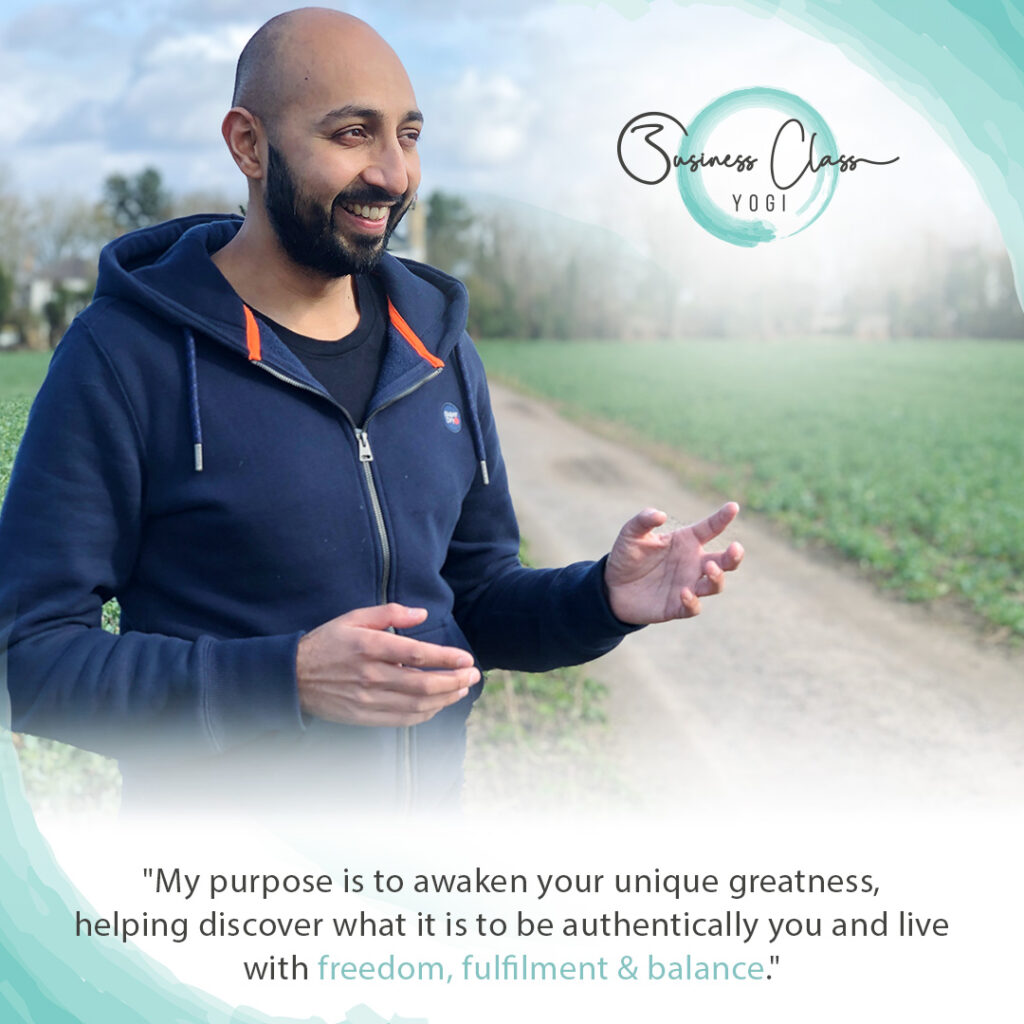“Learn from the people, plan with the people…when the task is accomplished, the people all remark, we have done it ourselves”—Lao-tzu
We have all heard of them; change champions, advocates, ambassadors… those front-line people ‘nominated’ to represent and drive a new tool or way of working or office move! But how often do they actually work? With increasing levels of change, overuse of words like ‘transformation’, the average employee is getting pretty tired of yet another inspiring initiative to make work even better.
At a recent client, a global top-tier bank, we successfully deployed a new tool across its 80+ countries, within a sub-set of its L&D function, which ultimately will affect its 240,000 employee population.
Mobilising, engaging and leveraging an ‘advocate network’ was central to my role as Project Manager and given that we just successfully completed deployment, I thought I would share a few pointers on what worked well.
- Setting clear roles, responsibilities and criteria for the ‘Change Advocates’ – from cascading communications to participation in user acceptance testing, it’s important to get everyone on the same page from day 1. We built a very simple one-page summary which we used on every briefing call to ensure it was clear and understood. Within our briefings, we also highlighted principles of change management; how to manage resistance and to be prepared to deal with challenges which may arise. We set a context of collaboration; of collective ownership – which was a shift from the ‘us’ and ‘them’ mentality which is often found in global organisations with respect to the head office.
- Request Advocate nominations from Senior Management – not only does this give the Advocate exposure for doing something ‘extra’, it also provides the much needed buy-in to ensure they have capacity and flexibility from BAU activities to support the change activities. We also held parallel global calls with regional heads and the senior programme team to enable more direct conversations and feedback channels to discuss adoption (or the lack of it, when this was the case).
- Kick-off briefing and regular training, with active and visible participation from Programme Sponsor – covering time-zones from Americas to Asia and everything in-between, we held a series of comprehensive recorded WebEx briefings and drop-in clinics which cumulatively built awareness and the necessary desire (exploring the ‘what’s in it for me’ for various stakeholder groups) for participation. When the Global Head personally addressed this target audience to officially launch the tool, it hit home the importance of this new way of working on resonated throughout the regions to put this high on their local agendas.
- Provide multi-channel support and guidance – coming from a creative background, I can’t stand boring guides – in fact, can you remember how big the User Guide was with your last smart phone? Exactly. We live in a world where support resources need to be available at the point of need and not in advance. However, most big organisations don’t quite operate in the way Apple does, so we designed a user friendly guide that could be dipped into and linked to relevant sections, as and when needed. We also produced a series of demos and ‘how-to’ one-pagers, many of which came from the advocate population.
- Frequent and clear consolidated communication – mindful to not overburden the ‘touch points’ with the change champions, especially given that they were also involved in a sister project, we provided short and concise comms which provided sufficient information and guidance as we progressed.
- Recognise and reward – on our regular ‘newsletter’ type comms, we started calling out success stories and even using pictures of adoption success. Given that those news reports were going to all of the senior leadership, this provided an encouraging exposure for advocates who went the extra mile!
- A safe space to try, test and even fail – its human nature to fear the unknown, we all have the same change curve journey starting with denial, through anger and finally ending with acceptance. I know for one, I hate the idea of looking stupid in front of my peers. We created a dedicated ‘testing’ site and provided lots of exercises for teams to play with the new tool in advance of using the live version. As we went live, we shared common issues/FAQs and short demos to explain how to avoid mistakes. This created a safe environment to learn quickly – after all, how many people actually read the whole user guide? It’s by doing, we learn the most.
Ultimately, effective advocates are necessary to reach large disparate populations and very quickly became the ‘eyes and ears’ of the project team. From ancient times to modern movements, the idea of a ‘tribe’ being a force for change and transformation isn’t new. What leaders of change need to wake up to is how to create and sustain these communities; moving away from providing notional ‘motivational leadership’ to an ‘authentic facilitation’ in which they can honestly share concerns whilst generating the inner driver and desire to truly move into a new realm of possibilities.
Originally published on LinkedIn







